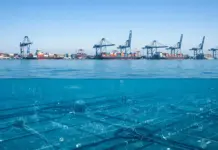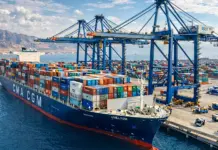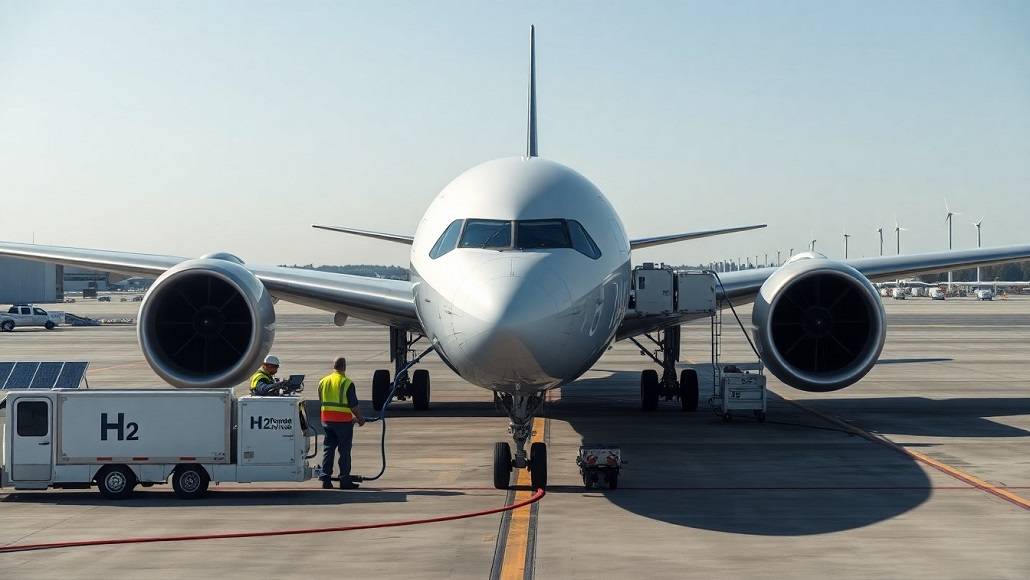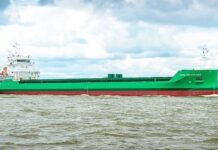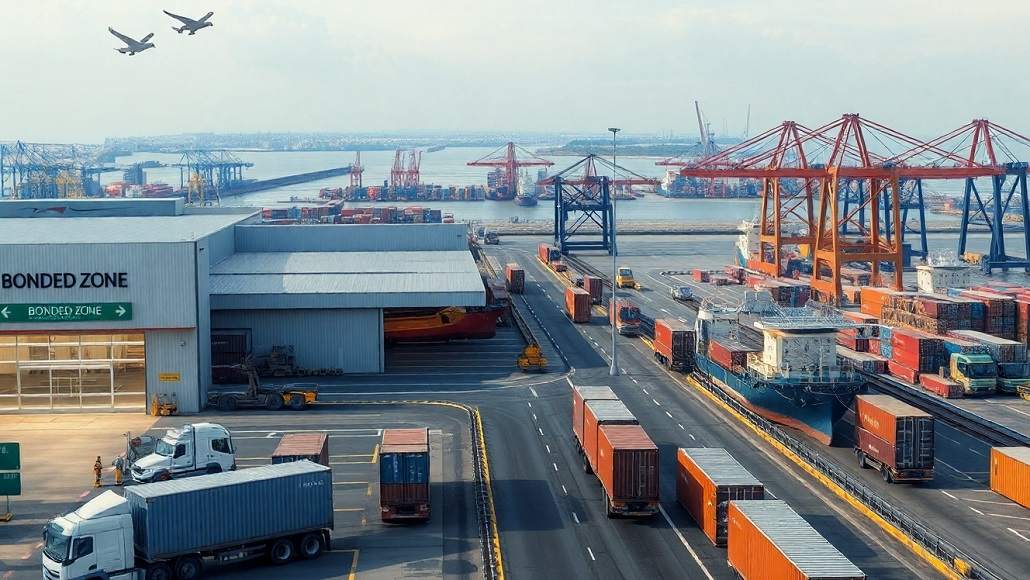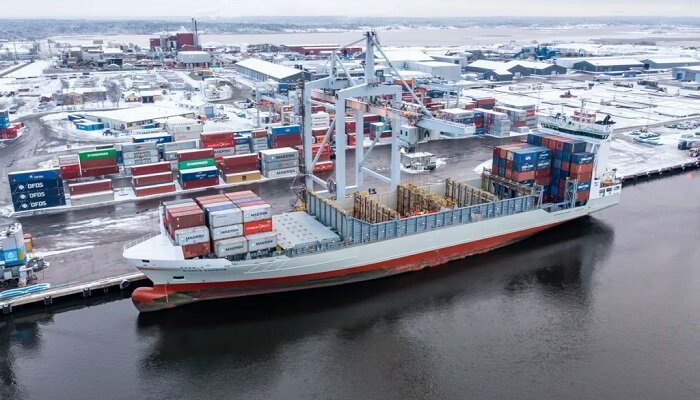Breakbulk cargo, also known as non-containerized or project cargo, exceeds the dimensions of standard containers and falls outside the categories of dry bulk or liquid cargo. It encompasses items such as construction machinery (such as large bulldozers), wind turbine components (including blades and tower elements), and oversized generators or transformers.
Breakbulk shipping presents a favorable choice for transporting oversized cargo because it typically doesn’t require disassembling products to load them onto a vessel. This means that there’s no need for reassembly at the destination either.
Furthermore, since breakbulk cargo isn’t containerized, it doesn’t always necessitate the use of a port crane for unloading, providing more flexibility in port options, including Roll-On/Roll-Off (RoRo) shipping. Additionally, since the cargo remains in one piece, only a single bill of lading is required for international shipping.
When it comes to international shipping, you may have come across the terms “breakbulk shipping” and “bulk shipping.” What sets them apart? Bulk shipping entails loading substantial quantities of loose goods onto a vessel for transportation, with the key distinction being the loose nature of the goods.
Traditional bulk shipping is divided into dry bulk (comprising items like grains, salt, sugar, sand, iron ore, and unmixed cement) and liquid bulk (including crude oil, petroleum, and vegetable oil). Some items can’t be accommodated in containers or shipped as standard bulk cargo, leading to the consideration of breakbulk shipping, which does present certain challenges.
Extra Handling:
While breakbulk shipping is often the preferred choice for oversized project cargo, it can involve common issues. Breakbulk cargo is typically large and unconventional, necessitating additional handling, which introduces a higher risk of damage or vandalism.
Fortunately, advancements in breakbulk shipping technology have made it possible to transport non-containerized cargo in fully enclosed and secure conditions. To minimize risks and ensure the safe delivery of your cargo, thorough research is essential before selecting an international breakbulk carrier.
Look for project cargo freight forwarders with access to cutting-edge technologies and an experienced team well-versed in the process and common risk points.
Compared to containerized shipping, breakbulk shipping is often associated with higher costs due to increased handling and labor requirements. Breakbulk cargo is priced per metric ton or cubic meter, making cost estimation more complex and reliant on specific cargo descriptions, dimensions, and weights. Nevertheless, these additional costs can often be balanced by savings in other aspects of the process. Collaborating with an experienced international freight forwarder can help you manage your budget and mitigate unforeseen expenses.
Additionally, providing precise drawings and lifting diagrams to your international shipping partner can aid in the planning and permitting phases, ensuring a more accurate project estimate. Unlike container vessels, multipurpose vessel fleets don’t adhere to fixed schedules, which can make it challenging to find the right vessel at the right location when needed.
A dependable international freight forwarder can take charge of transportation planning for your project, leveraging their established relationships with ocean carriers worldwide to secure a spot on vessels that align with your project timeline.
Innovations in Breakbulk Shipping:
Breakbulk shipping has a long history, but technological advancements are revolutionizing the movement of oversized cargo. Today, vessel owners are designing ships with increased capacity and lifting capabilities, capable of handling 800 metric tons or more. This enhances the safe and efficient transportation of large components for projects, such as power plants.
One notable innovation in breakbulk shipping is the 53-foot BreakBulk Boxx, designed to allow side-loading and unloading of breakbulk cargo, similar to a flatbed or flatrack. It also offers no-transfer service for specific trade routes. Once loaded, the BreakBulk Boxx functions like a typical container during the ocean voyage.
Currently, the BreakBulk Boxx is available for use in the U.S.–Puerto Rico trade lane or by specific shippers in defined trades. Shipping non-containerized cargo presents its challenges, but these innovations are reshaping the landscape of breakbulk shipping.
Despite the complexities associated with breakbulk shipping, it remains the optimal choice when transporting large, heavy, high-value equipment or other types of project cargo that cannot be accommodated in standard containers. By collaborating with a reliable international freight forwarder, you can overcome the hurdles of shipping over-dimensional cargo effectively.




